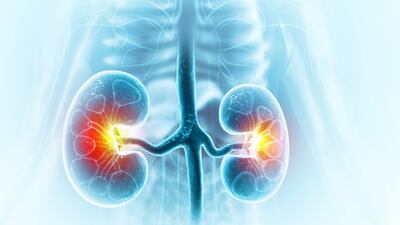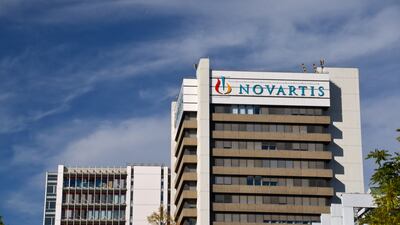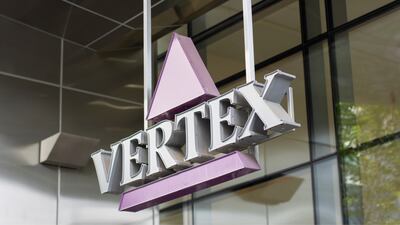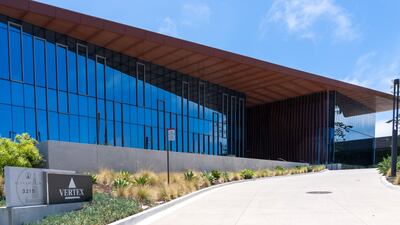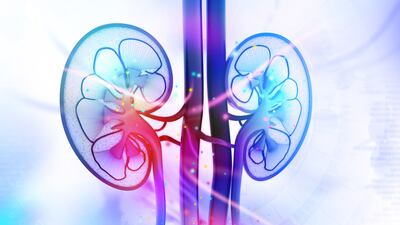Genitourinary
2030 sales forecasts for Novo’s obesity hope are an order of magnitude larger than its closest rival among 2025’s expected debutantes.
With $150m in series A funding, the Versant- and Novartis-backed start-up is betting it can overcome the challenges to getting RNA medicines into the kidney.
The start-up launched last year with Phase III-ready upacicalcet, which has nearly completed two pivotal trials in secondary hyperparathyroidism and for which it has exclusive rights outside of Asia.
In this week's podcast edition of Five Must-Know Things: Amgen positions for obesity and diabetes; BMS returns TIGIT asset in pipeline reshuffle; is Kerendia the next jewel in Bayer’s crown?; Japan pharma firms cut jobs; and Sun Pharma seeks GLP-1 partner.
A Phase III trial testing pegcetacoplan in patients with two rare kidney diseases demonstrated impressive efficacy, outperforming what Novartis showed with Fabhalta in a similar trial.
US FDA approval in IgAN is just the first step in a much larger renal disease strategy for the company, which includes additional kidney indications for Fabhalta.
Major Japanese firm picks up US drug discovery platform company Jnana in apparent bid to strengthen discovery capabilities and build its mid-stage R&D presence in the renal area.
The UK major has raised its full-year sales and earnings forecast on strong demand in the second quarter for its cancer, rare disease and cardiovascular medicines.
Akebia said it had set the price for Vafseo at about $15,500 per year, meant to reflect its potential value in dialysis as well as eventually in non-dialysis patients.
In this week's podcast edition of Five Must-Know Things: ASCO preview; Asahi Kasei’s US acquisition; Novartis aims for renal disease dominance; paying for gene therapies; and US BIOSECURE Act diluted.
Asahi Kasei established a US presence and expertise in renal disease when it bought Veloxis in 2020 and will expand in both areas with Calliditas’s Tarpeyo for immunoglobulin A nephropathy (IgAN).
Fabhalta and atrasentan are odds-on for approval in C3 glomerulopathy and IgA nephropathy, respectively, but commercial success might be harder to come by.
A few hiccups aside, Tarpeyo is on track in the US, but major competition from Novartis is just round the corner.
Another data drop from Fabhalta’s IgAN trial looks encouraging, despite a missing abstract.
The company hopes for a “Humira-like” blockbuster with povetacicept, the object of the sector’s biggest M&A deal so far this year.
The Boston, MA biotech is about to enter the clinic with its autosomal dominant polycystic kidney disease candidate but microRNA therapy pioneer Regulus is already setting the pace.
So far, Novartis has only reported that its Phase III trial has succeeded and investors face a wait to find out just how good the drug is.
Boehringer Ingelheim and AstraZeneca are once again going up against each other in chronic kidney disease, with Phase II results for their rival new agents showing promise. Unfortunately, they both also lie in the path of Novo Nordisk’s cardiometabolic juggernaut, Ozempic.
A Phase III hit moves atrasentan a step closer to the market but the drug will have to sell very well to justify the billions Novartis paid for its originator.
Development of narsoplimab in the kidney disease has been called off, making a forthcoming regulatory decision in a different use all the more important.





